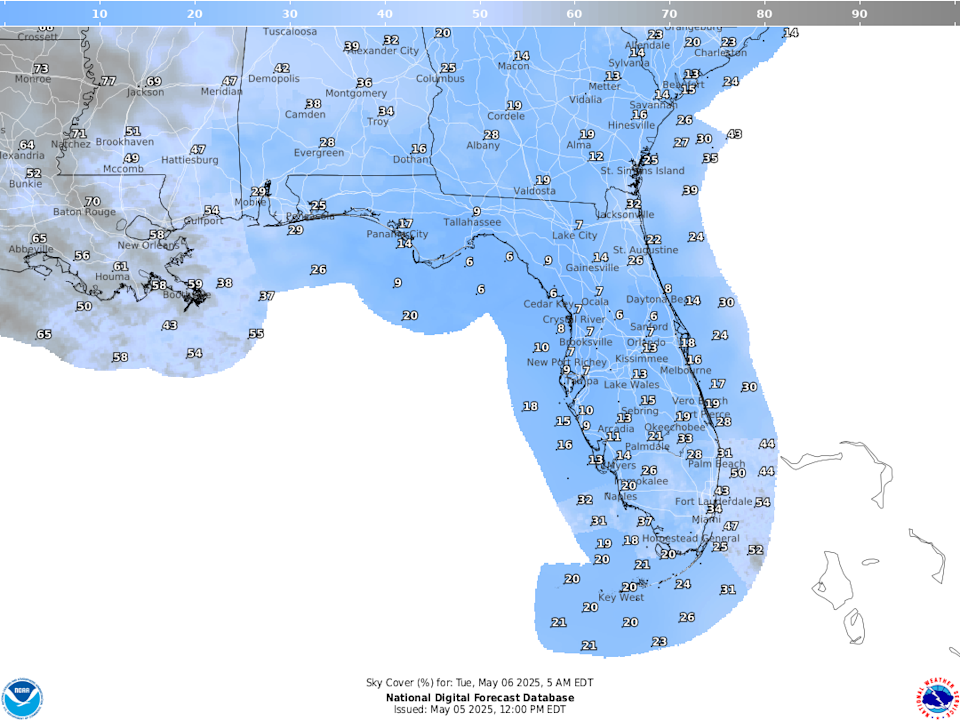How to See the Meteor Shower Eta Aquarids: A Complete Guide for Stargazers
The meteor shower Eta Aquarids is one of the most anticipated celestial events each year. Known for its swift streaks of light and connection to Halley’s Comet, this shower draws the attention of both seasoned astronomers and casual skywatchers. Whether you're planning a night under the stars or simply curious about the Eta Aquarids' origins, this guide will help you experience the event to its fullest.

What Is the Meteor Shower Eta Aquarids?
The Eta Aquarids occur every year when Earth passes through the debris left behind by Halley’s Comet. As these tiny particles enter our atmosphere, they burn up and create bright, fast-moving meteors. The Eta Aquarids are renowned for their speed. Meteors from this shower travel at about 40 miles per second into Earth's atmosphere, creating stunning displays.
Astronomy enthusiasts value the Eta Aquarids not just for their beauty, but also because they trace their origin to Halley's Comet. This famous comet only appears in our skies every 76 years, but its legacy lives on through this meteor shower. For more on how Halley's Comet creates this spectacular event, read this detailed CBS News article.
When and Where to Watch the Eta Aquarids
The meteor shower Eta Aquarids is active from late April through most of May each year. In 2025, the peak viewing nights are May 5 to May 6, according to NASA. However, meteors can still be seen until May 21, though they may be less frequent after the peak.
The best time to watch is just before dawn, typically between 4 and 5 a.m. This is when the sky is darkest and the radiant point—where the meteors appear to originate from in the constellation Aquarius—is highest in the sky. The Southern Hemisphere enjoys superior viewing, but the Northern Hemisphere sees its fair share as well. On clear nights and away from city lights, up to 10-15 meteors per hour may be visible before sunrise in northern latitudes. For an in-depth look at viewing times and maximizing your experience, visit this comprehensive Yahoo News guide.
Tips for the Best Meteor Shower Viewing Experience
- Find a Dark Sky Location: To increase visibility, seek a spot away from street lights and urban glow. Rural areas or parks often provide darker skies.
- Bring Essentials: A sleeping bag, lawn chair, and warm clothes can make your early morning stargazing comfortable. Lying on your back with your feet facing east provides the ideal vantage point.
- Allow Your Eyes to Adjust: It can take up to 30 minutes for eyes to fully adapt to the darkness. Avoid looking at your phone or other bright lights.
- Check the Weather: Clear skies are essential. Local weather services or apps can help you plan your viewing session for optimal visibility.
- Be Patient: Meteor showers can be sporadic. Give yourself at least an hour for the best chance to see multiple meteors.
The Science Behind the Eta Aquarids
The annual meteor shower Eta Aquarids is a direct result of Earth crossing Halley’s Comet’s path twice a year. Each return of the comet leaves a trail of icy dust and rock in space. When our planet plows through this stream, particles about the size of grains of sand burn up in the atmosphere, creating the glowing meteors.
Though Halley's Comet won’t appear again until 2061, its remnants fill the night skies every May (Eta Aquarids) and again in October (Orionids). The Eta Aquarids, thanks to their speed, often leave persistent trains—light streaks that appear to linger for several seconds.
Upcoming Meteor Showers and What to Expect Next
If you miss the meteor shower Eta Aquarids, don't worry—other showers will light up the sky soon. The South Delta Aquariids and Alpha Capricornids peak in late July, while the Orionids return in October. Each offers a unique display and is worth marking on your stargazing calendar.
Conclusion: Don’t Miss the Eta Aquarids
The meteor shower Eta Aquarids offers a breathtaking opportunity to connect with the cosmos. With careful planning and a bit of luck, you can witness dozens of shooting stars streaking across the pre-dawn sky. Remember to choose a dark location, prepare for the early hours, and allow your eyes time to adjust.
For more details and meteor shower updates, check out further insights from CBS News and Yahoo News. Happy stargazing!